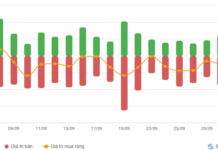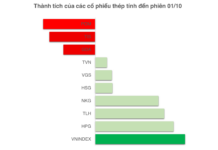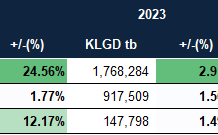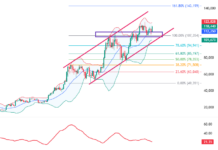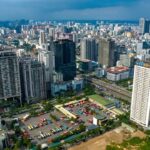Months without selling a single property
Real estate broker, Nguyen Van Dung, from Hanoi shared his struggles in the current challenging market. With three years of experience, he has never faced such difficulties.
Skyrocketing prices of residential land have reduced his customer base. Previously, with VND 2-3 billion, customers could purchase a house on an alley in districts like Hai Ba Trung, Hoang Mai, or old Ha Dong. Now, in these locations, prices have surged to VND 5-6 billion for a 30 sqm house on a small alley.
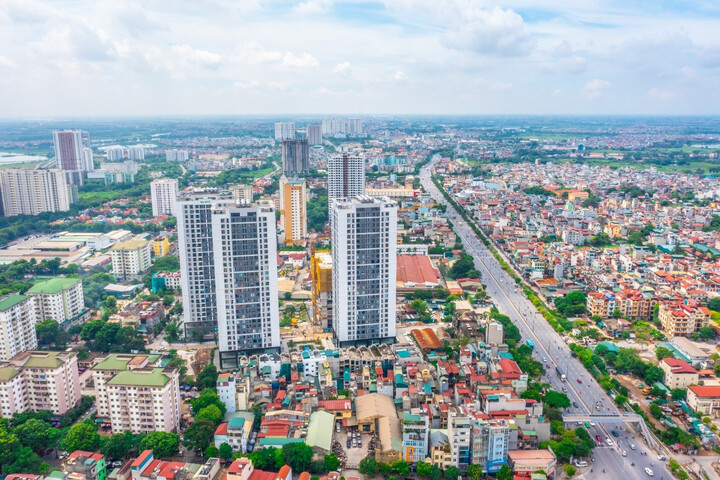
Soaring residential land prices in Hanoi. (Illustrative image)
Moreover, not only has the customer base shrunk, but the supply of properties on the market is also limited. Currently, regulations on land division are stringent, so large plots cannot be subdivided and sold as easily as before. Additionally, with prices surging, many landowners are holding onto their properties, anticipating further price increases, instead of engaging in buy-and-sell transactions. As a result, the already scarce supply has diminished further.
“There are only a few dozen properties available in some areas now. Limited supply and high prices have driven many customers to rent or purchase apartments instead,” shared Dung.
Dung further shared that he hasn’t made a sale in the past four to five months, resulting in the loss of his fixed income. To maintain his job, he still incurs expenses for advertising, phone calls, and client entertainment.
“Although these expenses are not significant, the lack of income for several months has depleted my savings. Now, I have to carefully manage my spending each month to sustain my life in the capital. If I don’t make any sales in the next few months, I’ll have to quit and look for a new job,” Dung said sadly.
Similarly, Hoang Anh Minh, a residential land broker in Hanoi, shared that the market has witnessed a sharp decline in transactions over the last three months.
“I post land sale ads every day, but no one inquires, and even if they do, it’s just out of curiosity. Actual buyers are rare,” Minh lamented.
Minh has been in the real estate brokerage and investment industry for about three years, entering the market when Hanoi’s residential land market was booming. During that time, the number of brokers soared, and real estate prices doubled or tripled, attracting investors from other provinces.
Previously, a beautiful plot of land in Vinh Hung ward would cost around VND 2.5-3 billion, and it would only take half a month to a month to find a buyer. As long as the property was attractive, well-located, and reasonably priced, it would sell quickly. At that time, Minh successfully brokered 2-3 deals per week. Sometimes, customers would even come to his house to make a deposit in the evening.
However, the market has become subdued recently. “There was a plot of land that I advertised for three months without any buyers. Many people called and expressed interest in the location, but when they heard the price, they refused to even view it,” Minh recounted.
According to Minh, residential land prices in Hanoi have soared in recent years, causing market transactions to stagnate. The high prices have made buyers less enthusiastic about this segment.
“Buyers of residential land in small alleys usually have a budget of around VND 3 billion. But with this amount, it’s almost impossible to purchase a property, even a 30 sqm house in an alley in Hoang Mai, Vinh Hung, or Vinh Tuy wards. These areas used to be more affordable compared to other parts of Hanoi. That’s why I haven’t sold a single property in months, and my savings are running out. If I can’t sell anything soon, I’ll have to change careers to make a living,” Minh said.
In reality, residential land prices in Hanoi have surged recently. According to a report by the One Mount Group’s Research Center for Market and Customer Understanding, prices in the second quarter continued to rise, reaching VND 250 million per sqm.
Surveys in Thanh Xuan, Cau Giay, and Dong Da districts showed that house prices in wide alleys with red books remained at VND 300-350 million per sqm.
As prices continue to climb while incomes lag, the market is witnessing a significant drop in transactions.
Data from the Vietnam Real Estate Brokers Association (VARS) showed that in the first quarter and the beginning of the second quarter of this year, the number of successful transactions in Hanoi decreased by more than 45% compared to the same period last year. Many hot spots like Hoai Duc, Dong Anh, and Thanh Tri recorded almost zero transactions.
This situation is not isolated but widespread. Even inner-city areas known for their vibrant transaction activities, such as Cau Giay, Thanh Xuan, and Nam Tu Liem, have experienced a slowdown.
Investment capital is also shifting
Explaining the sharp decline in residential land transactions, experts from One Mount Group attributed it to the high baseline prices of real estate in Hanoi (ranging from VND 4-5 billion). This exceeds the purchasing power of actual buyers.
With incomes failing to keep up with price increases, most customers tend to postpone their home-buying plans or look for opportunities in more distant areas.
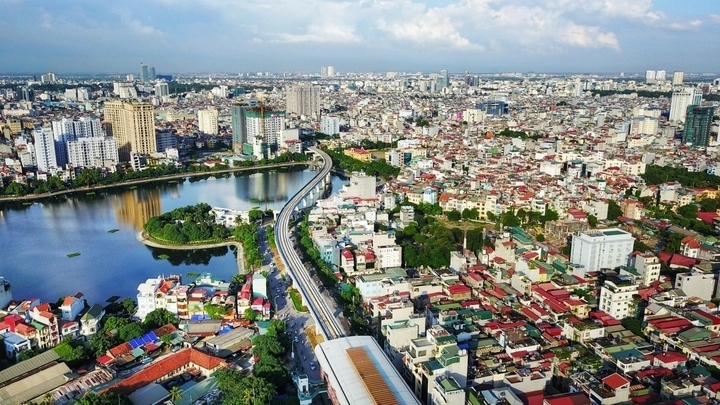
Many investors are shifting their capital to real estate markets in provinces near Hanoi.
Additionally, as prices have stabilized at high levels, many investors are shifting their investment capital. Instead of continuing to invest in Hanoi’s inner-city areas, where prices are high and liquidity is low, many investors are turning to neighboring provinces like Hung Yen and Bac Ninh, anticipating administrative mergers and planning developments.
Furthermore, many investors are cautious due to economic fluctuations and are hesitant to commit immediately, adopting a wait-and-see approach for potential price drops.
Commenting on the shift in investment capital, Le Dinh Chung, General Director of SGO Homes, analyzed that the Hanoi real estate market has shown signs of stagnation, prompting investors to seek opportunities outside the city.
“Hanoi’s real estate prices are too high, causing investors to withdraw from the market and look for alternatives in surrounding areas. Their perspective has shifted to accumulating land funds in peripheral areas instead of short-term speculation. They aim to capitalize on infrastructure developments, especially in industrial zones, with legal factors being crucial,” emphasized Chung.
Dinh Minh Tuan, a real estate expert, also stated that average asking prices in Hanoi have increased significantly across most segments. This price adjustment has led to a decrease in transactions, and this trend is expected to continue throughout the year.
“The sharp price increases over the past two years have exceeded the purchasing power of actual buyers, and even investors are becoming more cautious. Additionally, after the ‘hot’ phase, buyers’ wait-and-see attitude has also impacted transactions. Actual buyers cannot find suitable products, and investors are holding off,” Tuan explained.
Nguyen Van Dinh, Chairman of VARS, attributed the customers’ aversion to residential land to the segment reaching its price peak.
He advised: “Hanoi’s house prices have peaked, so buyers need to be very careful. To navigate the ‘price maze’ in Hanoi, buyers should consult reputable units and take the time to research the prices of similar properties in the same area.”
The Luxury Condo Launch: A Price Manipulation at Over $4,400 per Square Foot?
The soaring prices of apartments in Hanoi’s new developments are a growing concern for prospective homeowners. With prices hovering around the 100 million VND per square meter mark, these properties are becoming increasingly out of reach for the average citizen.
The Infrastructure Turning Point that Changed Vũ Yên’s Real Estate “Ceiling”
The Royal Bridge is a groundbreaking infrastructure project that transforms the landscape of Haiphong. This iconic bridge connects Vu Yen Island to the historic heart of the city, reshaping the city’s central area and reducing travel time. It also acts as a catalyst for real estate growth, setting a new benchmark for property values across the region.





